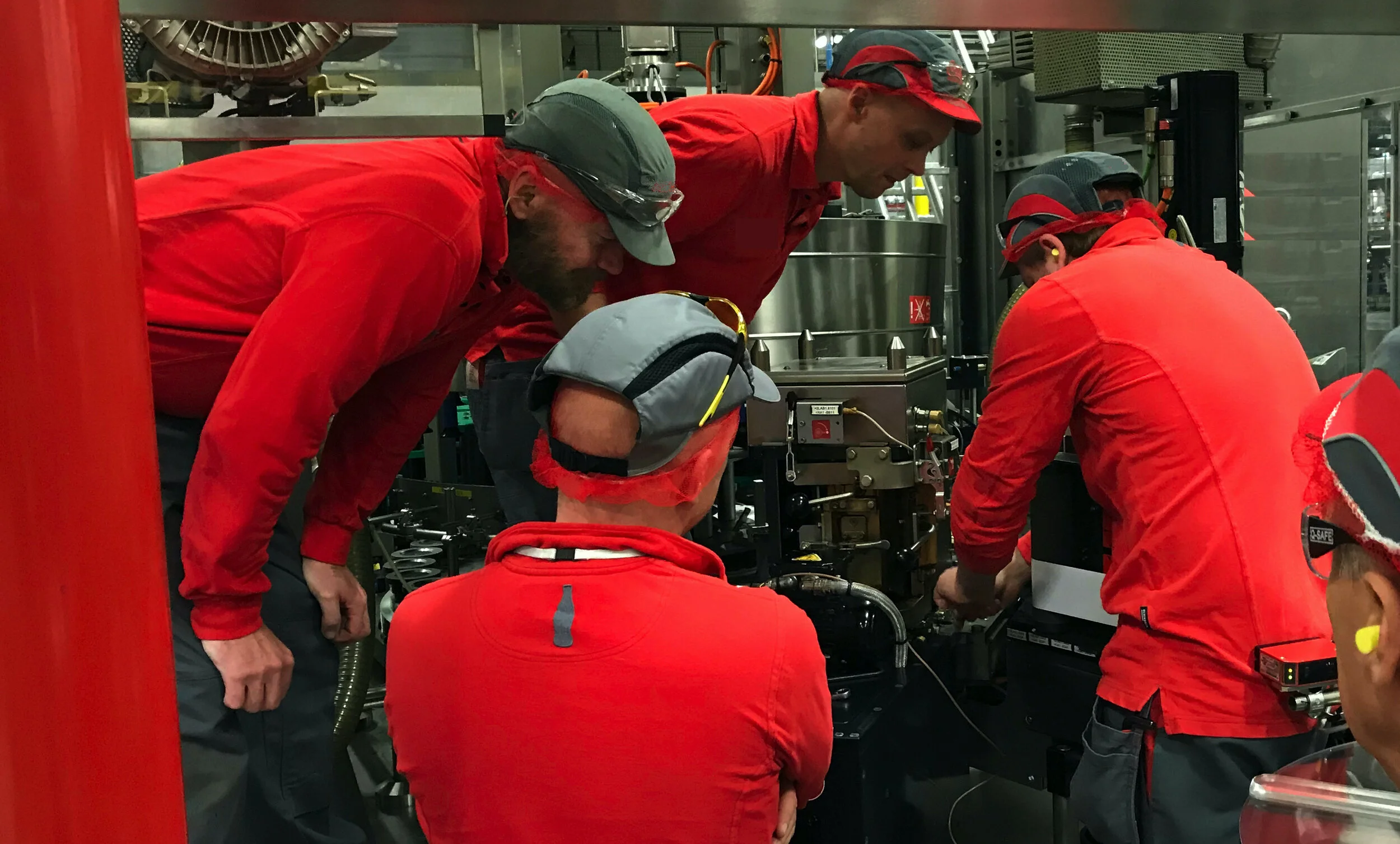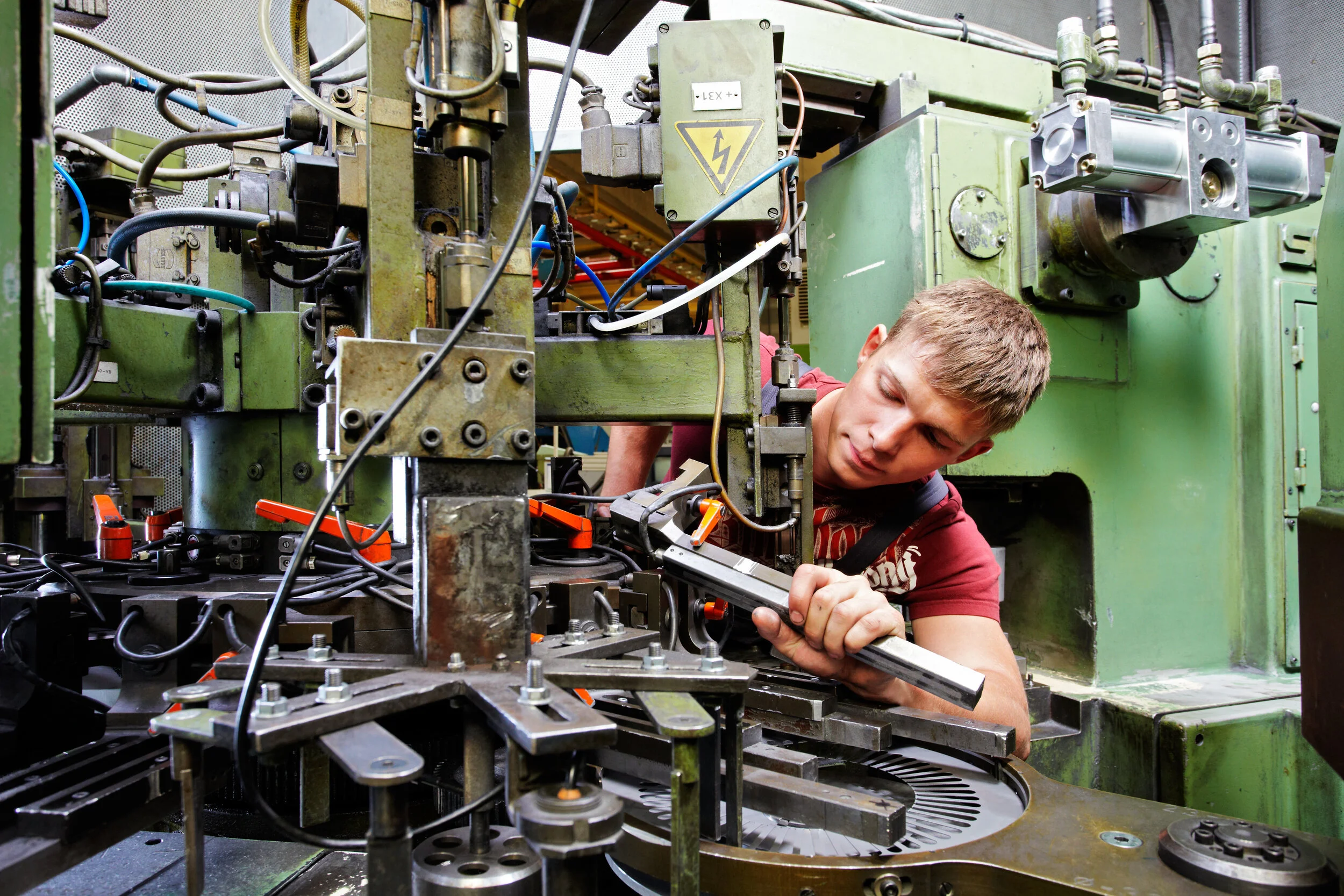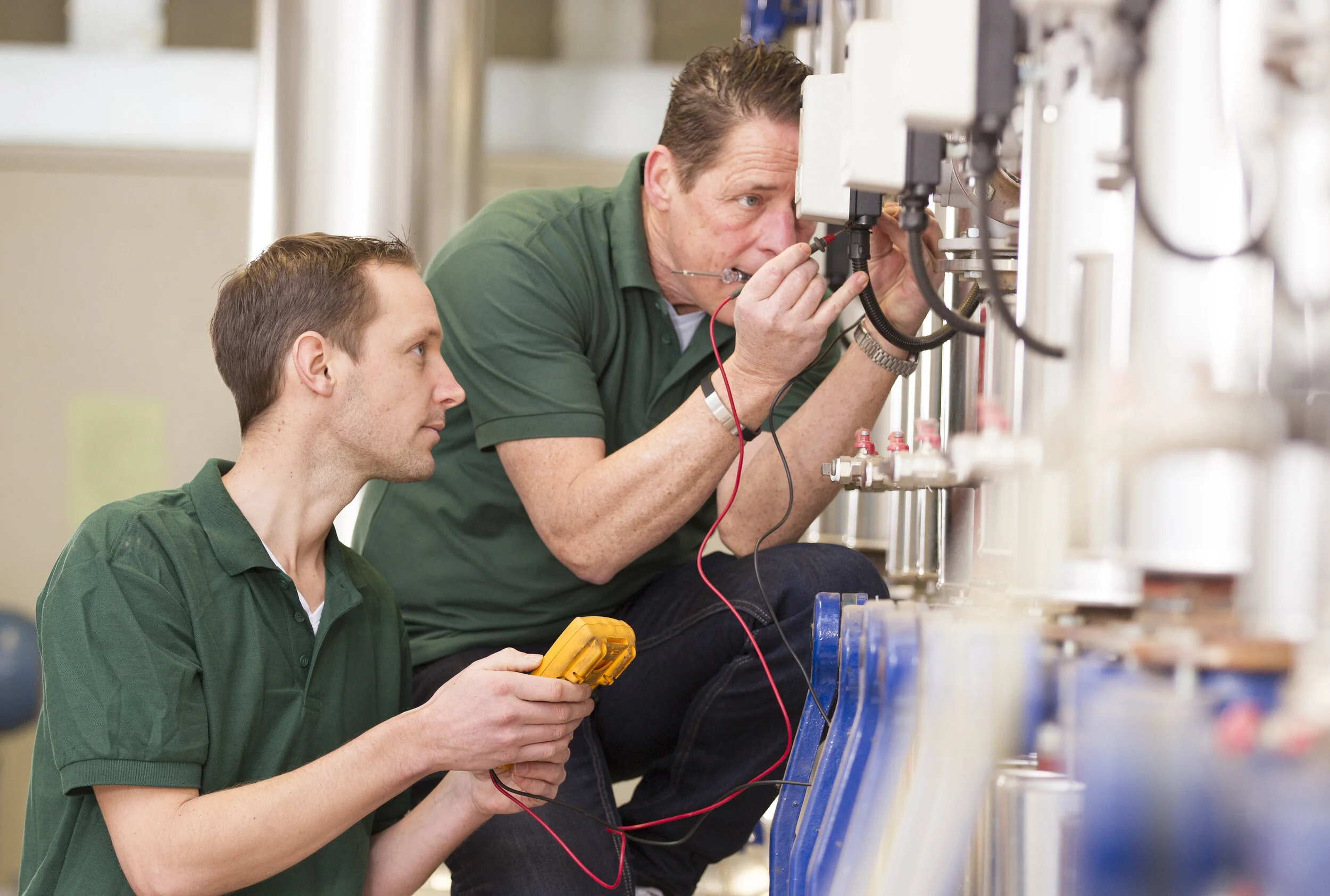HOW TO SOLVE ERRATIC PROBLEMS
Many problems occur only once in a while. The basic conditions are there all the time, but they require other things to happen at the same time for the problem to manifest itself.
Take bacteria and viruses, for example. They are all around us and inside us - all the time, but don’t necessarily make us ill. Or a banana-skin, carelessly dropped on the pavement, does not mean someone will break their leg. But they might, given the right conditions.
This also happens with many machine problems, which makes them devilishly difficult to replicate. These kind of problems can be frustrating for operators and maintenance techs as they tend to linger. Learning how to solve erratic problems can give a significant boost to our Problem Solving teams and Total Productive Maintenance efforts.
There is no clearly identifiable single root-cause, but rather a chain of interlinked causes that conspire to create the machine-stop and disrupt line stability.
“Break the chain of causation… anywhere!”
Does this mean all of these causes must be fixed to prevent recurrence?
Not necessarily: ‘breaking the chain of causation’ at any point is likely to go a long way. Remove one or two key causes and your problem - as well as other related ones - is likely gone for good.
Our case-study illustrates how one of these erratic problems was solved using 4 Step Machine Problem Solving…
Step 1: Identify Problem Point
The lift had stopped in the down position. A casing had fallen off the lift platform and lay below in the lift shaft.
The presence of the casing was interrupting the ‘lift area clear’ signal thus preventing normal operation.
Step 2 - Contain the Problem
To allow the lift to operate, the fallen casing was removed which cleared the ‘lift area clear’ signal. The control system was re-set and the lift became operational.
Step 3 - Develop the Countermeasure
Through observation, it was noticed that an unsecured component within the casing would from time to time protrude through the slats of the lift platform causing the casing to be ejected from the lift.
Step 4 - Prevent Recurrence
After a couple of low cost rapid experiments, the lift platform material was changed from a slatted design to a fabric design, still fit for purpose but preventing loose components falling through and ejecting casings.
This Machine Problem Solving case study is based on our client work implementing Total Productive Maintenance (TPM). Written by Paul Everitt & Denis Becker










